Reticulated pythons, renowned for their striking patterns and majestic size, have been captivating reptile enthusiasts for years. Owning one of these stunning creatures is a rewarding experience, but it requires dedication and knowledge. Much like a painter cherishing their canvas, a reticulated python owner must tend to their pet with care and precision. In this article, we’ll explore the various aspects of caring for a reticulated python, ensuring that both you and your serpent companion enjoy a thriving relationship.
Understanding the Reticulated Python’s Nature
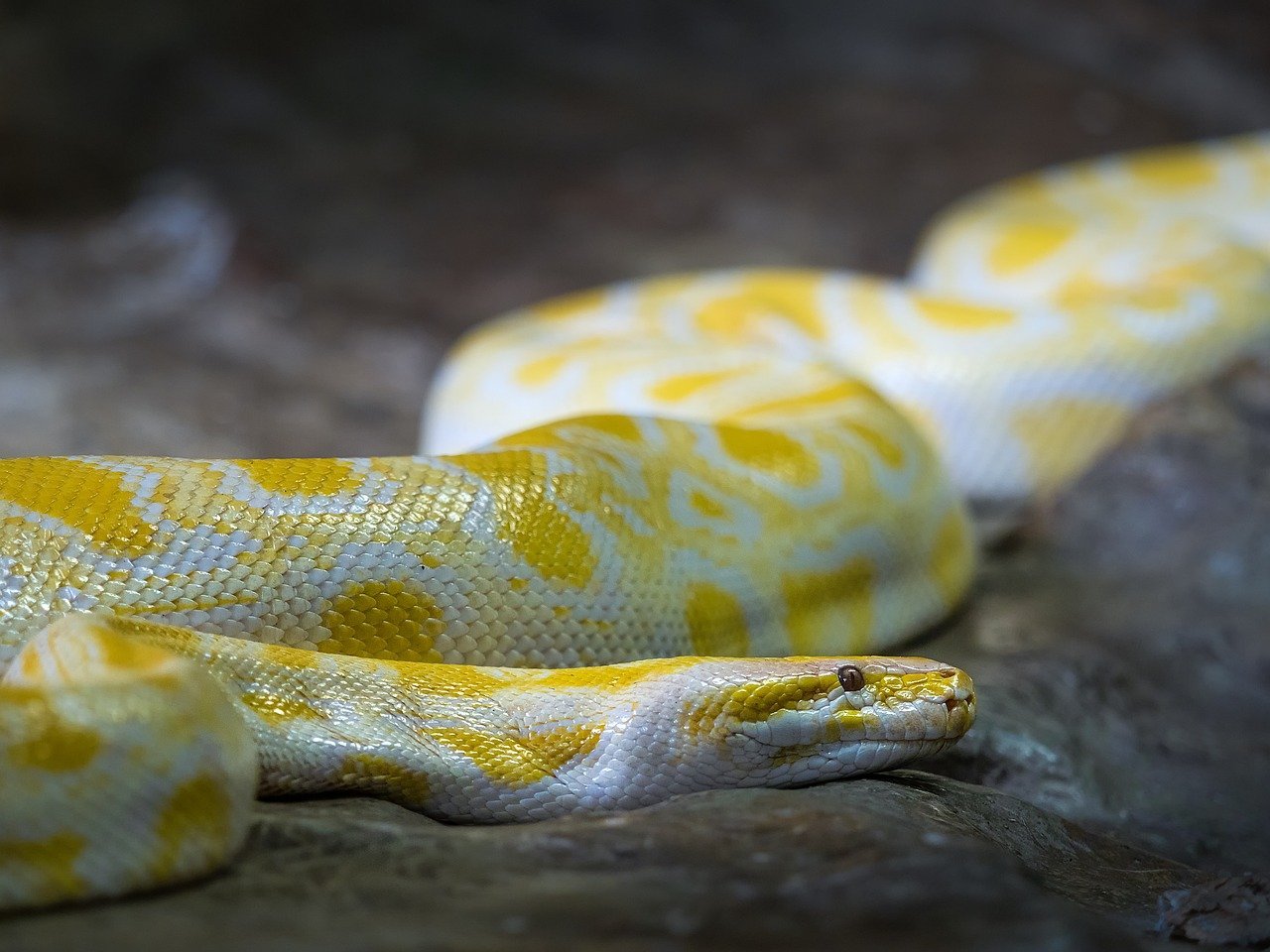
Before diving into care specifics, it’s essential to understand the reticulated python’s nature. These snakes are native to Southeast Asia and are the world’s longest snake species. Known for their intricate diamond-shaped patterns, they can grow up to 30 feet in length. Their temperament can vary; some individuals are docile, while others may be more defensive. As a pet owner, patience and observation are crucial to understanding your snake’s unique personality. Consider this relationship as a dance, where both partners learn to move harmoniously.
Creating the Ideal Habitat

Providing an appropriate habitat is the cornerstone of your python’s well-being. The enclosure should mimic their natural environment, offering both space and security. A large terrarium with secure locks is essential to prevent escape. Include branches and hide boxes to allow your python to climb and retreat, simulating their native surroundings. Think of the enclosure as a miniature rainforest, bustling with life and opportunities for exploration. Maintaining a consistent temperature gradient, typically between 75-92°F, ensures your snake can regulate its body temperature effectively.
Maintaining Optimal Humidity Levels
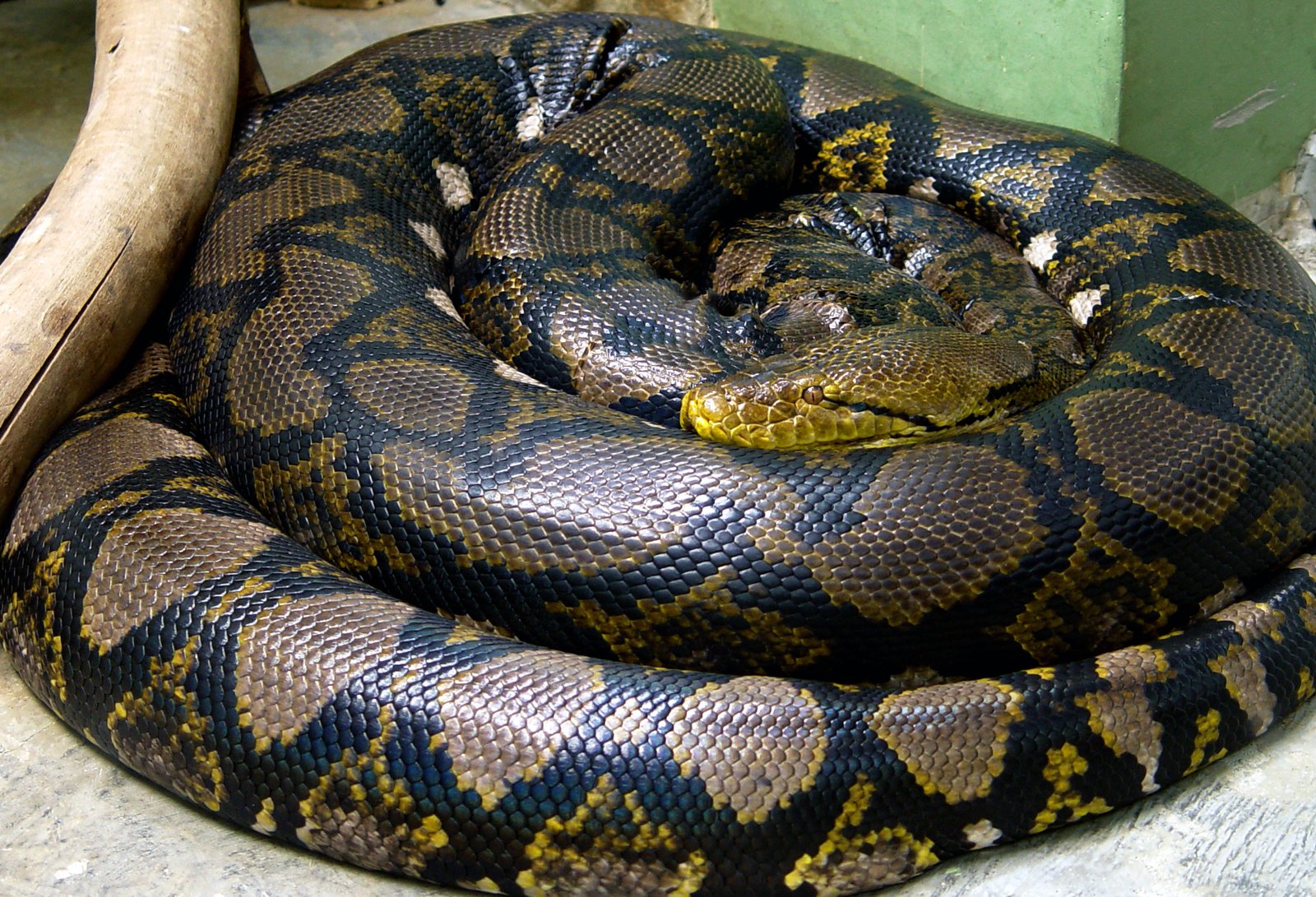
Humidity plays a vital role in your python’s health, especially during shedding. Aim for a humidity level of 50-70%, similar to a tropical climate. Inadequate humidity can lead to incomplete sheds and respiratory issues. Use a hygrometer to monitor humidity, and mist the enclosure regularly to maintain the right conditions. Visualize the humidity as the gentle rain nourishing a lush forest, essential for the survival of its inhabitants. Including a water bowl large enough for your snake to soak in can also help maintain appropriate moisture levels.
Feeding Your Reticulated Python
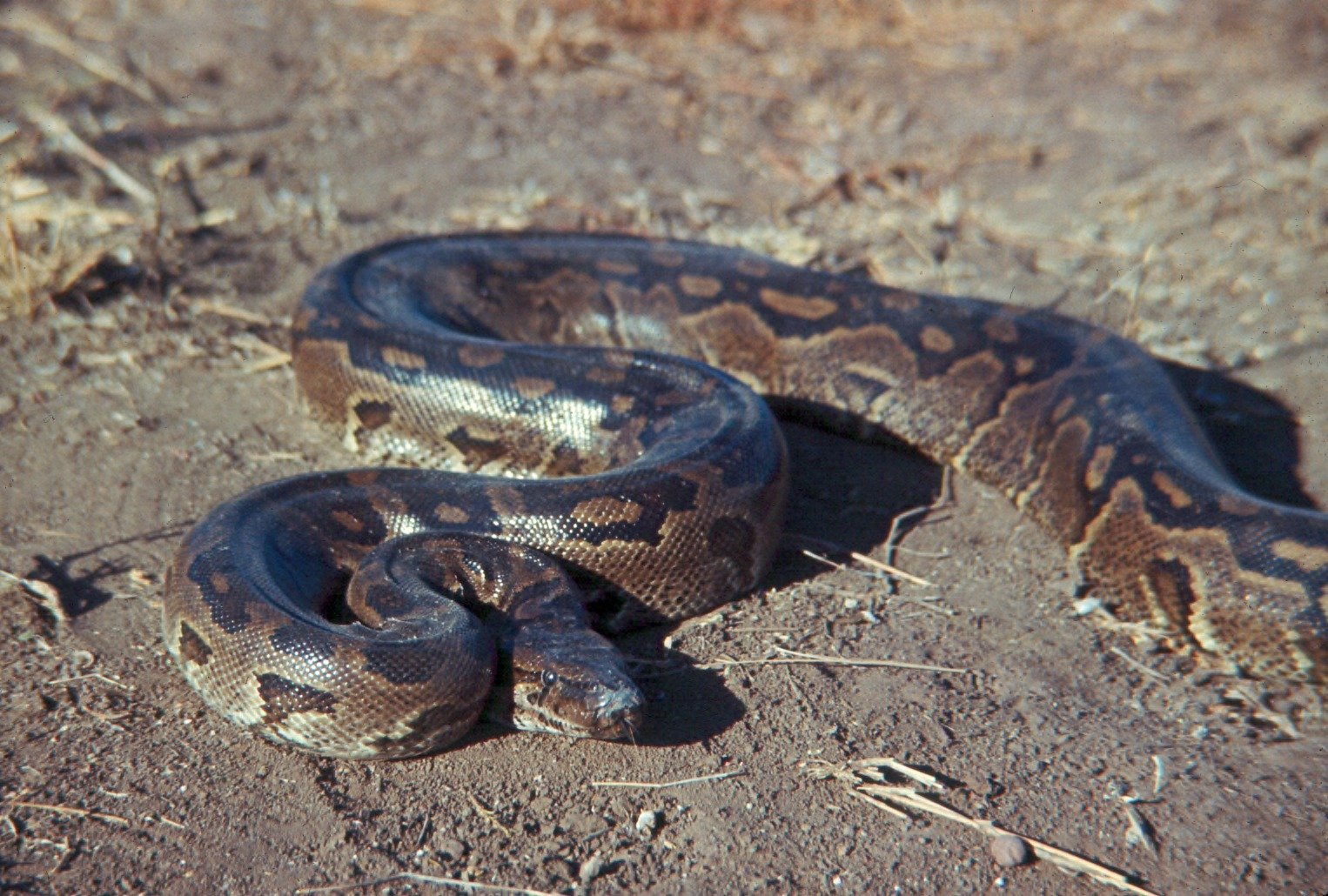
Feeding a reticulated python is a significant responsibility. These snakes are carnivorous and primarily consume rodents, birds, and occasionally small mammals. As a pet owner, providing pre-killed or frozen-thawed prey is safer and more ethical. Feed your python every 1-2 weeks, depending on its size and age. It’s crucial to match the prey size to the girth of the snake; too large a meal can cause health issues. Think of feeding as a balanced dance, where timing and portion control are key to harmony.
Handling and Interaction
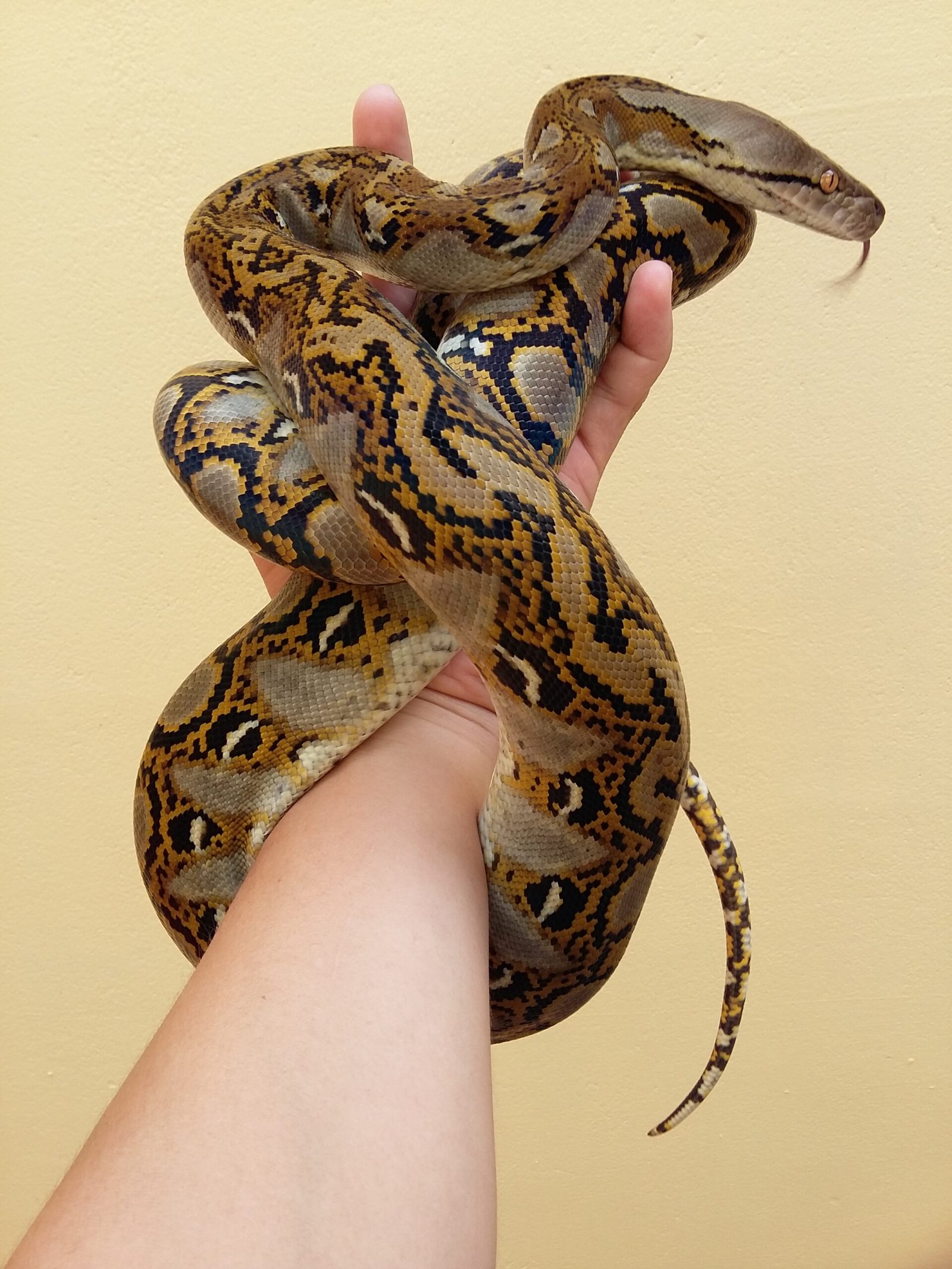
Building trust with your reticulated python through handling is a rewarding part of ownership. Begin handling sessions gradually, allowing your python to acclimate to your presence. Approach with confidence, as hesitation can make the snake anxious. Regular handling helps reduce stress and fosters a bond between you and your pet. Picture this interaction as a gentle conversation, where both parties listen and respond with care. Always wash your hands before and after handling to prevent the spread of bacteria.
Monitoring Health and Behavior
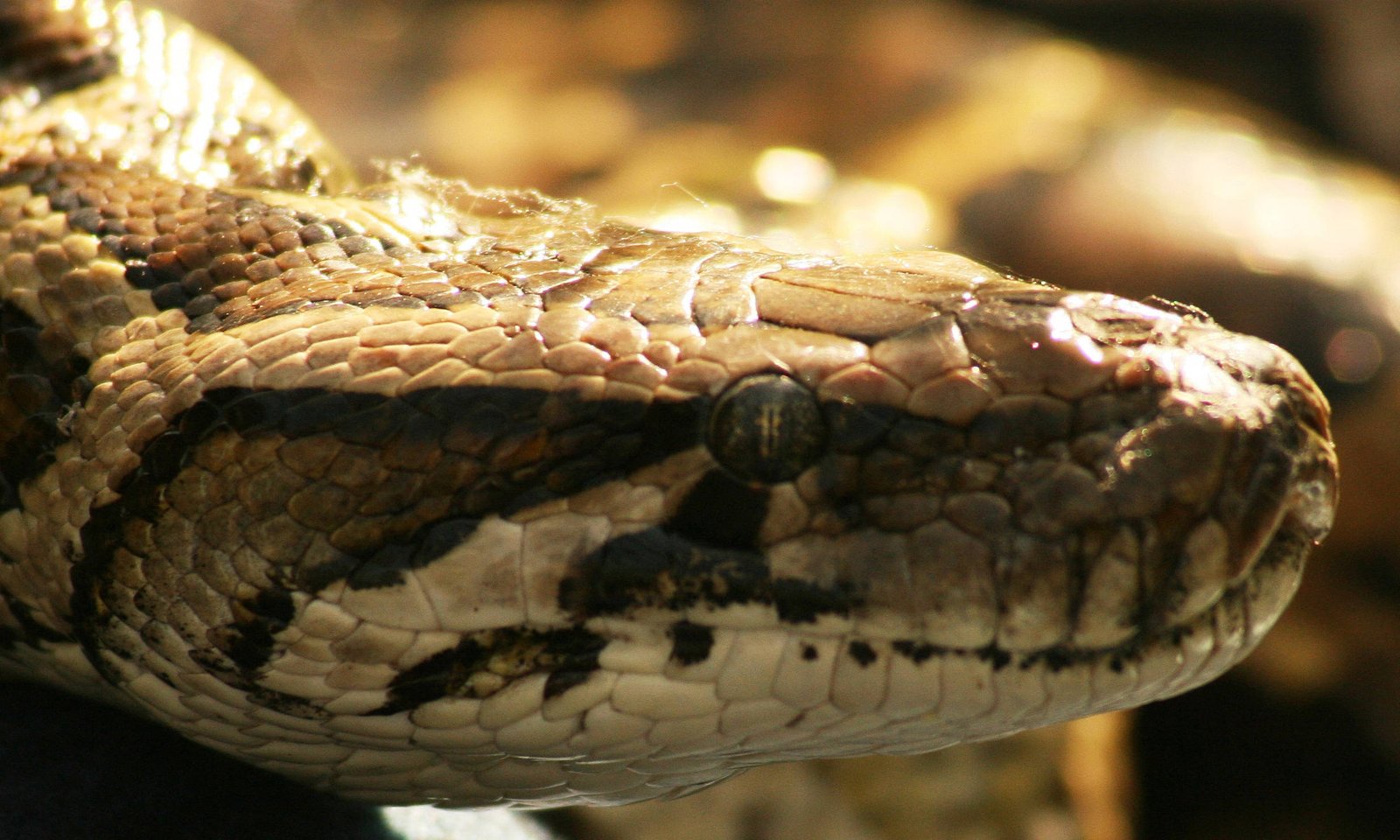
Vigilance in monitoring your python’s health and behavior can prevent potential issues. Look for signs of illness, such as wheezing, lethargy, or discolored scales. Regular veterinary check-ups are essential to catch any underlying health concerns early. Observing your python’s behavior, such as changes in appetite or activity levels, can provide insights into their well-being. Consider this process akin to a gardener tending to their plants, nurturing and correcting any signs of distress promptly.
Providing Enrichment Activities
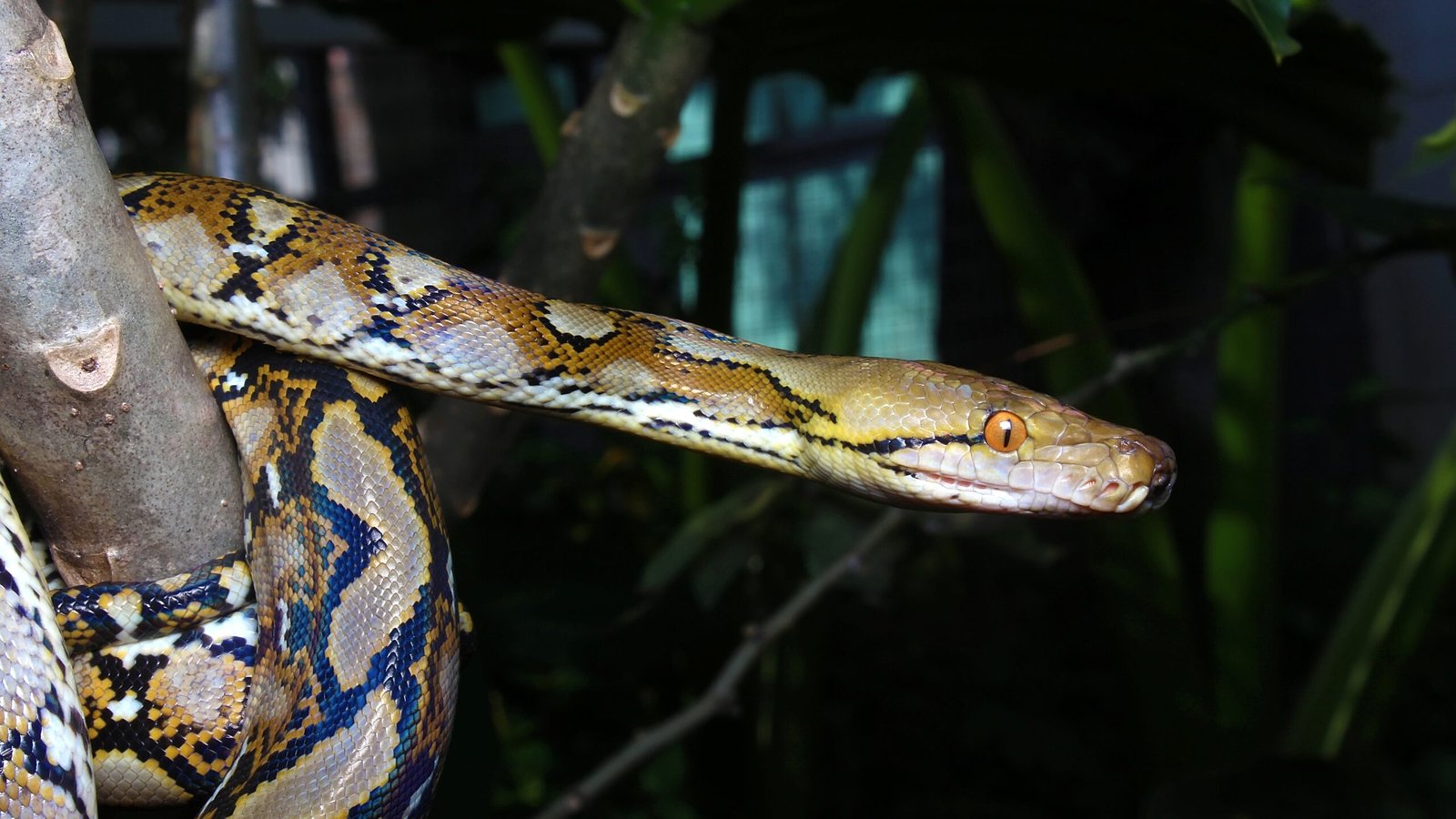
Enrichment is vital for keeping your python mentally stimulated. Introduce new elements into their enclosure, like branches or different textures, to encourage exploration. Offering varying scents or hiding food can also stimulate their natural hunting instincts. Imagine this enrichment as a puzzle, challenging and engaging your python’s senses. Regularly changing the enclosure layout prevents boredom and promotes a healthy, active lifestyle.
Understanding Shedding Process
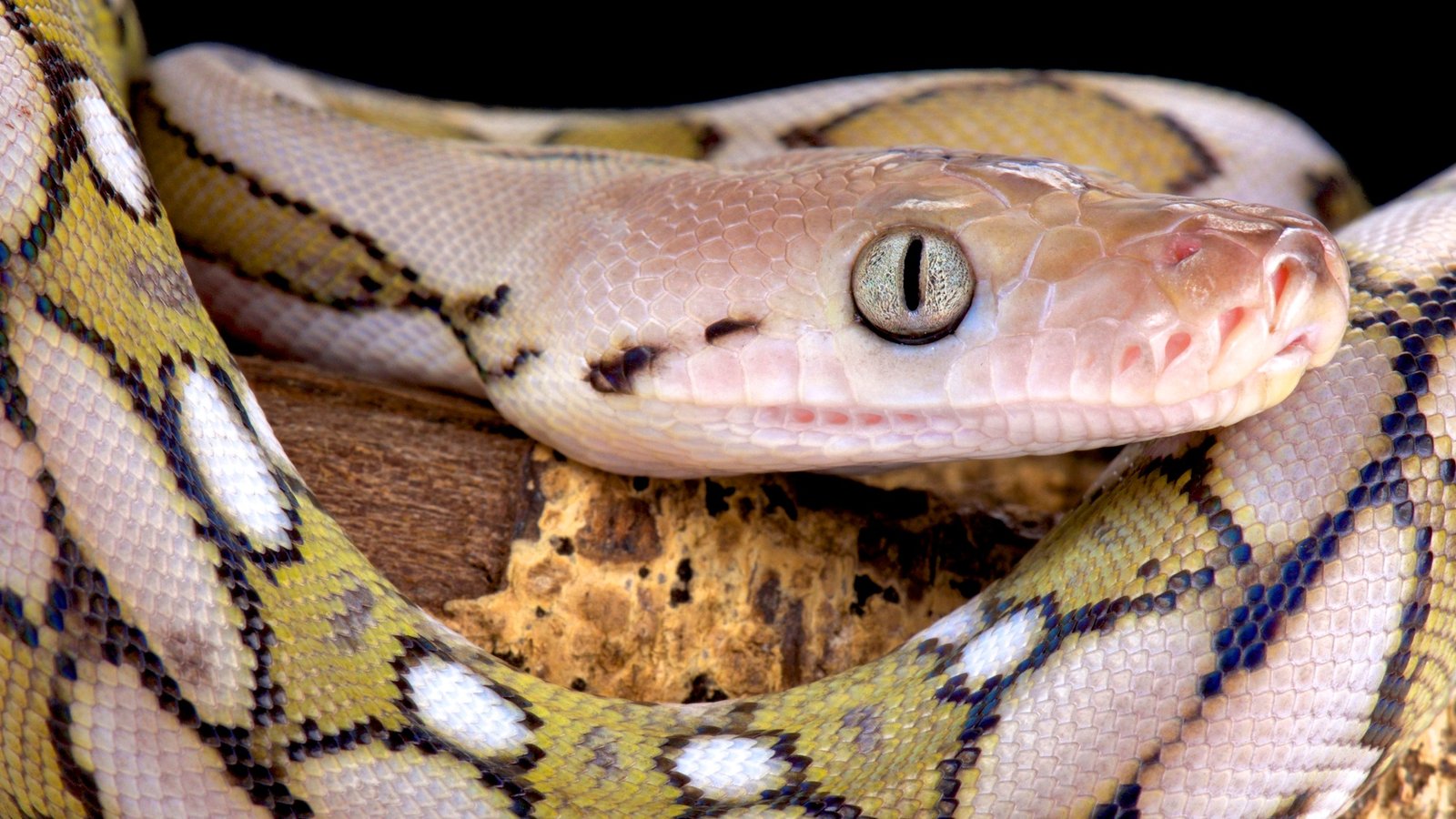
Shedding is a natural process for reticulated pythons, allowing them to grow and renew their skin. During shedding, your python may become irritable and refuse food. Providing a humid hide or increasing enclosure humidity can facilitate a smooth shed. Think of shedding as a metamorphosis, where your python emerges refreshed and rejuvenated. Ensure the entire skin, including eye caps, is shed completely to prevent complications.
Ensuring Safety and Security
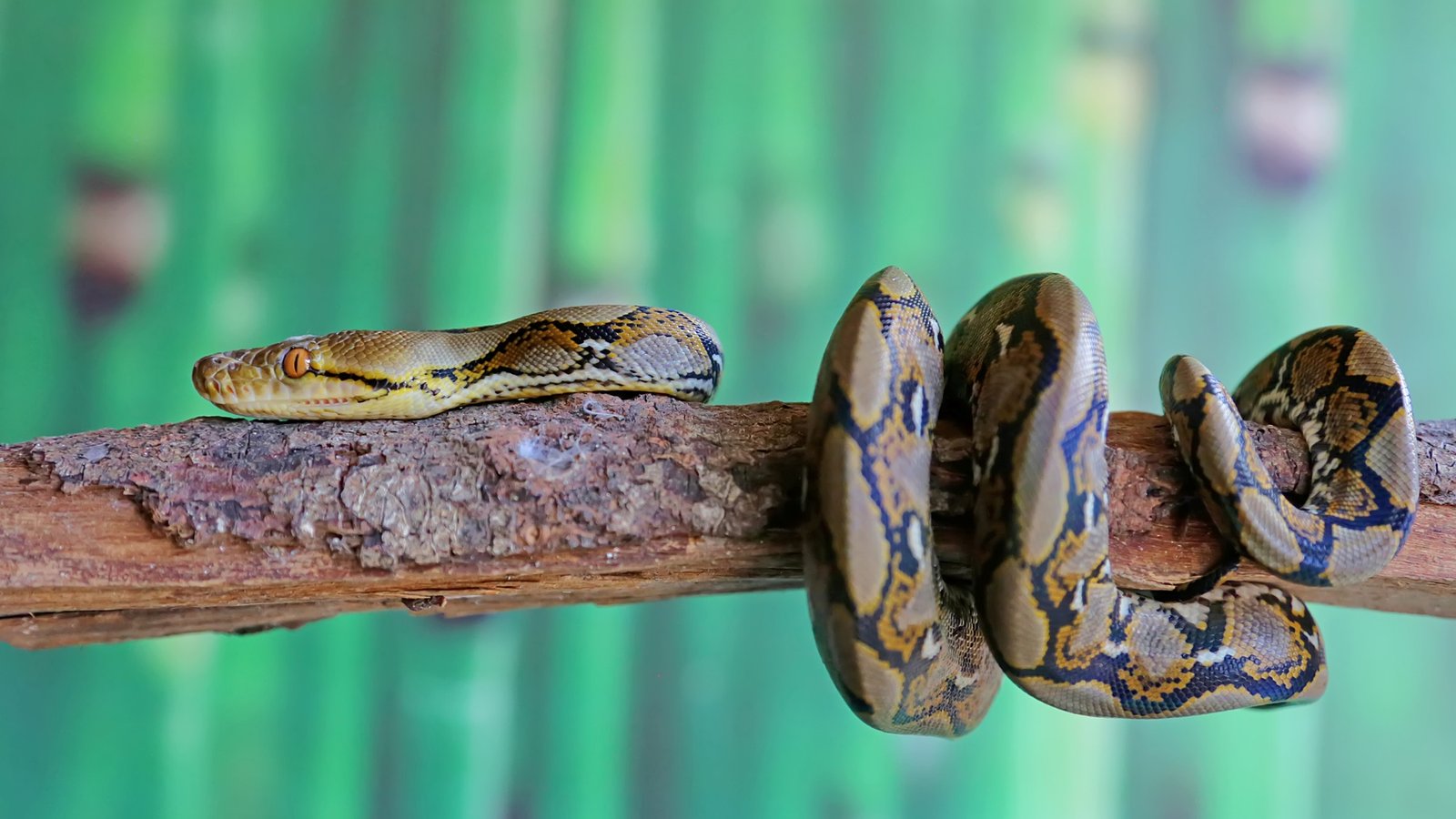
Safety should always be a top priority when caring for a reticulated python. Ensure the enclosure is escape-proof and any interactions are supervised, especially around children or other pets. Use hooks or gloves if necessary to maintain a safe distance. Think of safety as a sturdy bridge, providing a secure path for both you and your python to traverse. Educating others about your pet can also prevent misunderstandings or accidents.
Preparing for Long-Term Commitment
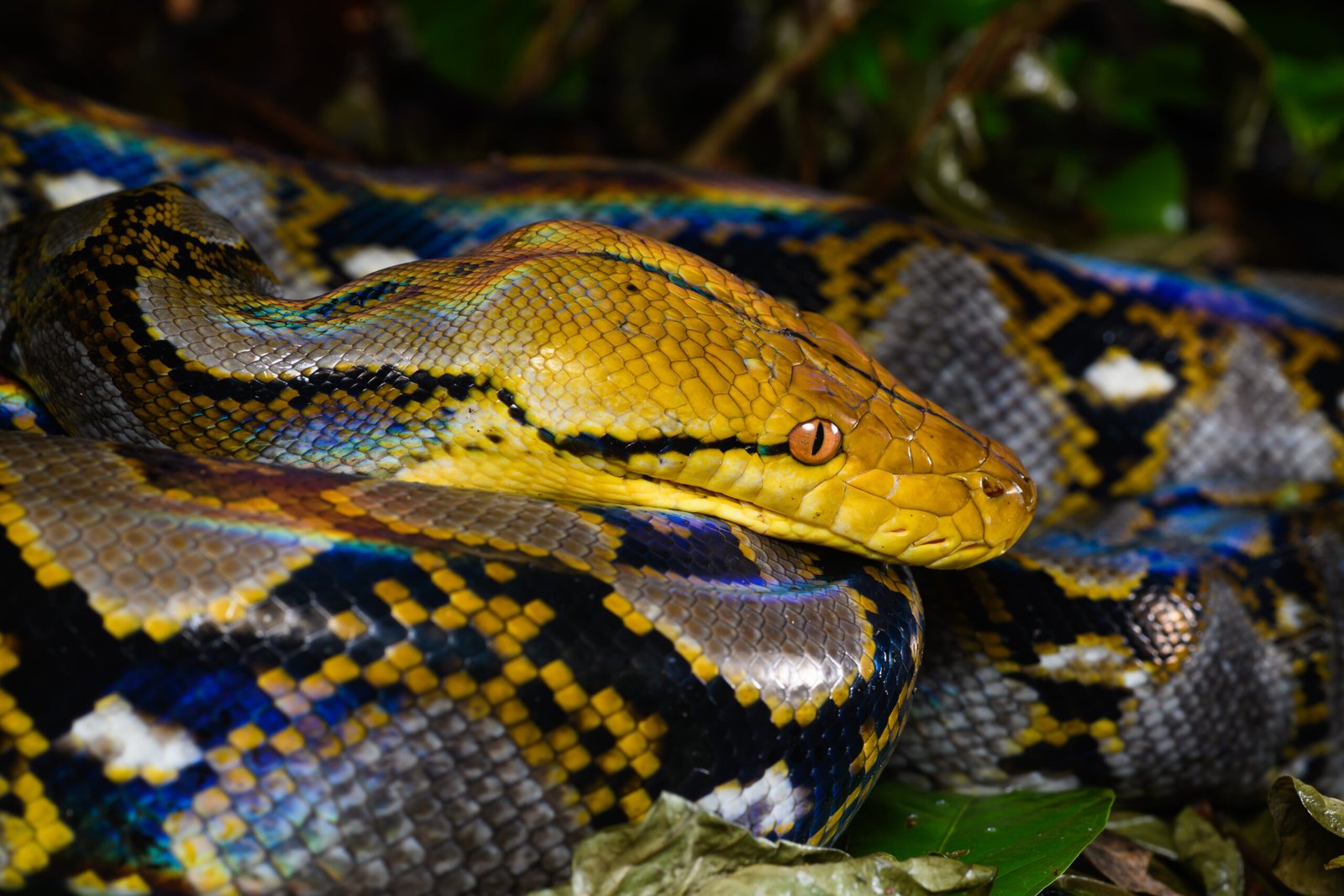
Owning a reticulated python is a long-term commitment, with these snakes living 20-30 years in captivity. Consider the time, resources, and dedication required before bringing one into your home. Much like planting a tree, the rewards are plentiful, but the journey requires patience and care. Be prepared to adapt and learn continuously, ensuring a fulfilling experience for both you and your python.
Caring for a reticulated python is a journey filled with challenges and rewards. By understanding their needs and behaviors, you can create a harmonious environment that nurtures their growth and well-being. Remember, the bond between you and your python is a dance of mutual respect and care, leading to a fulfilling companionship for years to come.

Linnea is a born and bred Swede but spends as much time as possible in Cape Town, South Africa. This is mainly due to Cape Town’s extraordinary scenery, wildlife, and atmosphere (in other words, because Cape Town is heaven on earth.) That being said, Sweden’s majestic forests forever hold a special place in her heart. Linnea spends as much time as she can close to the ocean collecting sea shells or in the park admiring puppies.






